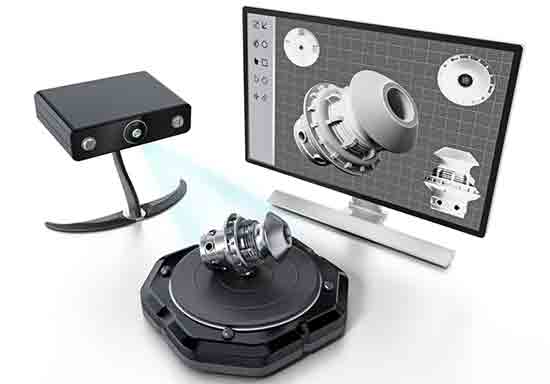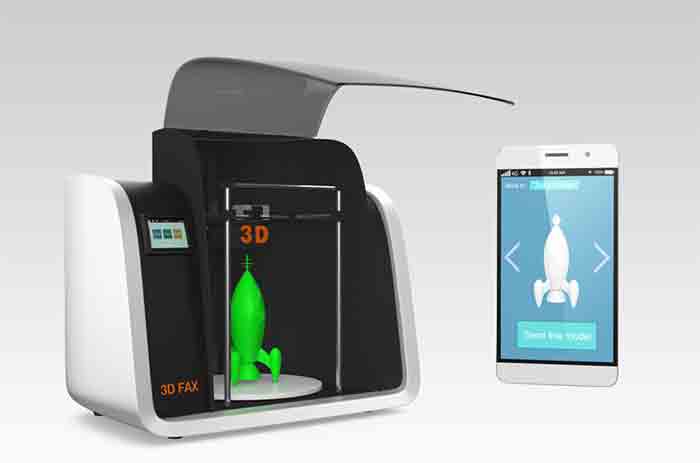The workings of the 3D laser scanner are not unlike those of any other machine. It takes in data by way of a sensor, processes it, and produces an output. The difference is that this machine operates with light rather than metal or wood; what it measures is distance rather than weight; which its product is information rather than furniture.
For these reasons, precision and accuracy are paramount to the success of the device’s use for measurement purposes. A few more details on how exactly this process works will be provided later in this document for those who may want them now.
How does a 3D laser scanner work?

A 3D laser scanner is a machine that captures data in the form of digital measurements. The device works by projecting an intense beam of light onto objects or surfaces and measuring their reflections to create precise three-dimensional images. The scanner is programmed to move the laser light, recording data at specific intervals. By combining thousands of individual measurements, a 3D computer image can be created with millimeter accuracy.
Different type of scanning process
There are many types of scanning processes that can be used to complete a 3D scan. Different types of Scanning process are:
Short range scanning: Short range scanning is when the laser is moved quickly. It’s used for scanning small objects; this means that the resolution of the final 3D scan is not very high.
Long range scanning: Long range scanning can take up to 10 minutes to complete a 3D scan because it moves the scanner at a much slower pace and scans larger objects. The resolution of the final file is usually very accurate and high.
Mid-Range Scanning: Mid-range scanning is a balance between short and long range scanning. It can take up to 2 minutes to complete the scan, as it uses fast movements combined with slow movements. The resolution of the final file can vary because there are two speeds involved in the process.
High speed scanning: High speed scanning is used when a fast scan is required, such as in reverse engineering or if part of a component needs to be examined under a microscope.
High frequency scanning: This type of scanning used to capture the smallest details on the surface of an object with high accuracy, making it useful for things like reverse engineering or if a highly detailed scan is needed.
Continuous scanning: In continuous scanning the laser is continuously moved as the mirror rotates, it can take a long time to complete a scan but provides a high quality file with no noise or flickering in the model.
Focus stacking: In focus stacking the user takes a number of images at different focal lengths and layers them together to form one image.
Light sheet projection: Light sheet projection is where instead of taking 360° scans, a flat image is taken of the object. This makes the process much faster and it takes less time to complete a 3D scan.
Conclusion
3D laser scanner work is complex and sometimes confusing, but it’s worth the effort. Laser scanners provide accurate measurements for a variety of tasks because they can scan quickly in any environment to create detailed models with no need for scaffolding or other support structures.
